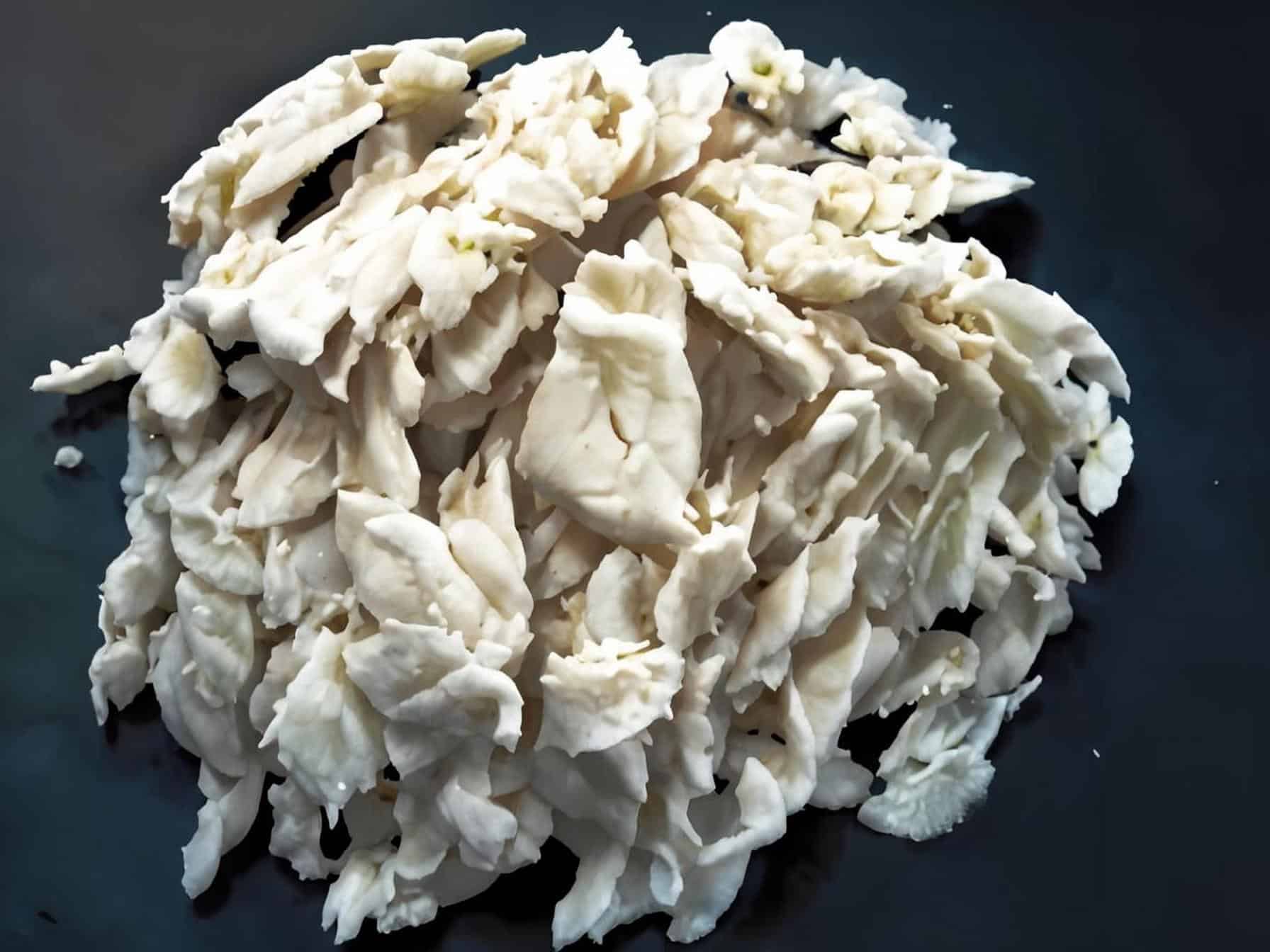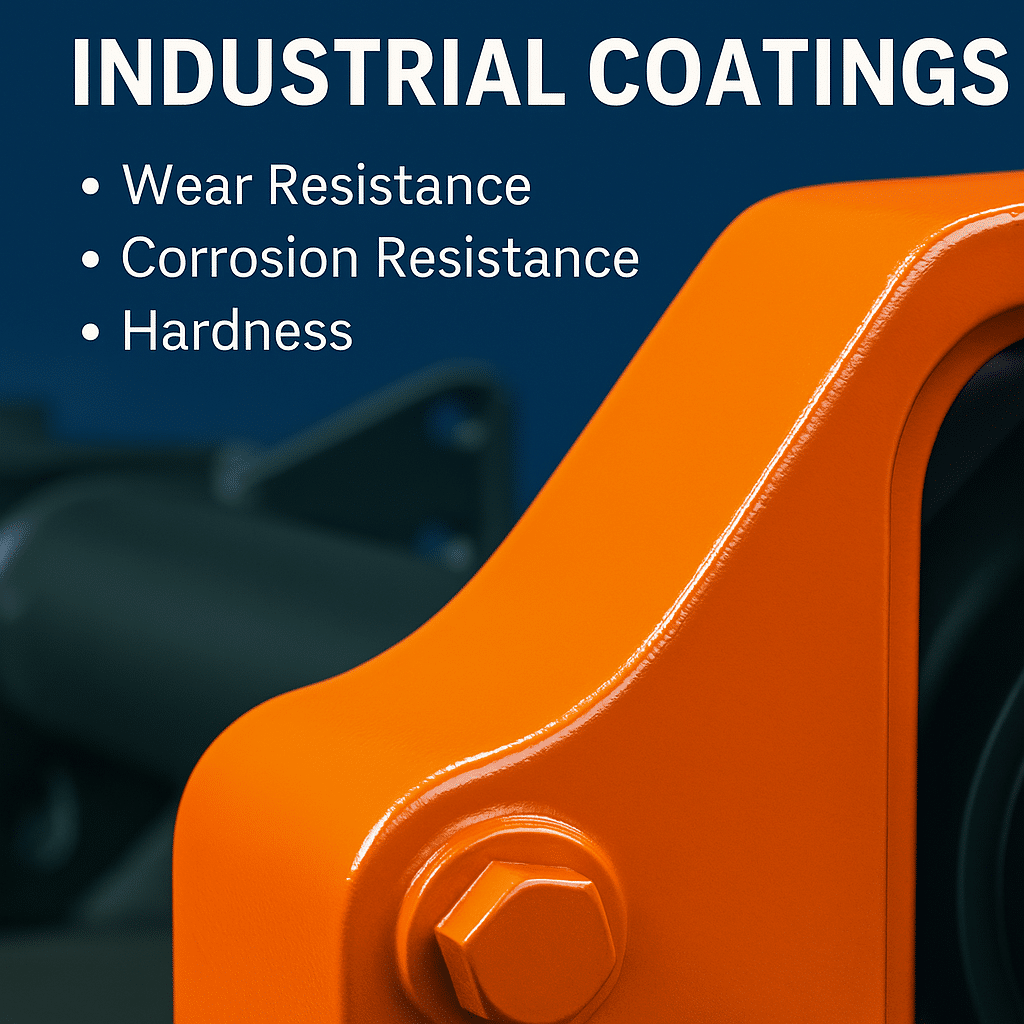Epoxy resins are a class of polymers with two or more epoxy groups. In epoxy resins, the epoxy group can be located in any position of the polymer, such as the end of the molecular chain, the middle, or a cyclic structure. Epoxy resin is a kind of organic polymer material with good mechanical properties, strong corrosion resistance, good thermal stability, good electrical insulation, easy processing, good bonding properties and stable structure. Therefore, epoxy resins are widely used in construction, machinery, electrical and electronic and aerospace fields.
However, the oxygen index of epoxy resin is only 19.8, which belongs to extremely flammable materials. In fire accidents, epoxy resin is often the most combustible part of composite materials, and it continues to burn and emit a huge amount of smoke after fire. Therefore, the flammability has become an obstacle to its further promotion and application, so the flame-retardant modification of epoxy resin has been a hot spot of research in recent years. In this paper, the flame-retardant mechanism of epoxy resin will be briefly introduced.

I. Introduction of flame-retardant epoxy resin
Epoxy resin curing material flame retardant methods are mainly reactive and additive two kinds, the former is low cost, simple and easy to implement, the latter is less impact on the epoxy resin products, flame retardant effect is also better. Additive flame-retardant technology is to have a flame-retardant effect of the substance (i.e. flame retardant) directly with the epoxy resin mixing, in order to enhance the epoxy resin flame retardant properties of the method. The reactive flame-retardant method means that the flame-retardant element is combined into the macromolecular chain of the epoxy resin and becomes a link in the polymer molecular chain, showing high flame retardancy without precipitation phenomenon. While the flame-retardant effect is long-lasting, the original thermal and mechanical properties of the resin are maintained, so that the subsequent processing of the epoxy resin and its application in various fields are not affected.
Second, additive flame-retardant epoxy resin
Additive flame retardants are usually added during the transformation process, and do not react with the polymer at this stage, but only at higher temperatures, at the beginning of the flame reaction; they are usually additives containing macromolecules of minerals, heteronomous or organic compounds. Additive flame retardants include: mineral flame retardants (aluminum hydroxide (ATH), magnesium hydroxide (MH), modified materials such as hydrotalcite and oxides, etc.); halogenated flame retardants (chlorine flame retardants and bromine flame retardants); phosphorus flame retardants (inorganic phosphorus flame retardants and organophosphorus flame retardants); and silicone flame retardants (inorganic silicone flame retardants and organosilicon flame retardants).
Halogen-based and phosphorus-based flame retardants are still the mainstream flame retardants in our market. Inorganic and other environmentally friendly flame retardants have made great progress in the research and development process, but the proportion of market applications is very small. However, along with the development and introduction of environmental protection policies, the development of flame retardants in China is gradually moving towards non-toxic, environmentally friendly and efficient. Therefore, based on the actual situation in China, domestic researchers are committed to research and development of non-toxic environmentally friendly halogenated flame retardants to meet the market demand, so that not only can play the advantages of the traditional halogenated flame retardants, but also reduce the hazards of halogenated flame retardants. Not only that, our researchers are also committed to the research and development of new inorganic flame retardants, and strive to overcome the low efficiency of inorganic flame retardants, add a large amount of organic polymers such as epoxy resins and other physical and mechanical properties of the defects of the damage. We have a huge flame-retardant market, if the research and development of new, efficient, environmentally friendly flame retardants will have a good future, but also help to improve China’s competitiveness in the international flame-retardant market.
Reactive flame-retardant epoxy resin
There are three main reactive flame-retardant methods: direct preparation of epoxy resin with monomers containing flame retardant structure; adding flame retardant curing agent; adding reactive flame retardant or reactive flame-retardant diluent. Whether it is the development of epoxy resins and curing agents with flame-retardant structure or the addition of reactive flame retardants, whether its own molecular structure is flame-retardant or not, and how the flame-retardant effect is the key to the flame-retardant modification of epoxy resins. Flame retardant epoxy resin research and development from the early halogen-containing epoxy resin to the halogen-free flame retardant epoxy resin in recent years, all the research is also committed to the development of a new type of flame retardant structure and how to introduce such a structure into the network structure of epoxy resin curing material, the synthesis of epoxy resins with a flame retardant structural skeleton or curing agent is a hot spot of the research, and the earlier halogen-containing flame retardant epoxy resins and in recent years, phosphorus-containing flame retardant epoxy resins are the two most reported areas. The earlier halogen-containing flame-retardant epoxy resins and the recent phosphorus-containing flame-retardant epoxy resins are the two most reported areas.
(1) Halogenated flame-retardant epoxy resin
Flame retardant epoxy resins are synthesized using monomers containing flame retardant elements. Halogen elements fluorine, chlorine, bromine, iodine are flame retardant. The stability of its compounds in the order of F>Cl>Br>I. Iodide has the worst stability and decomposes easily when exposed to heat, so it is not very practical. Fluoride has the largest affinity, it is difficult to decompose hydrogen fluoride with flame retardant effect, and the low molecular fluoride cracked out is very toxic, so its practicality is also limited. Chlorine and bromine not only have good flame-retardant effect, but also have wide source of raw materials, easy to get and low price, so they are most widely used. At present, domestic and foreign industrial production of flame-retardant epoxy resin is mainly halogenated flame-retardant epoxy resin, the most important, the most widely used is bromine-containing flame-retardant epoxy resin.
(2) Phosphorus-containing structure flame retardant epoxy resin
Phosphorus compounds is a very important class of flame-retardant materials, the introduction of a small amount of phosphorus in the epoxy system, you can achieve good flame-retardant effect. For example, the phosphorus content in the epoxy system is only 2%, can reach UL-94-V0, flame retardant grade, while the halogen content usually needs 9~23% to achieve the same flame-retardant effect. Moreover, phosphorus-containing flame retardants and flame-retardant epoxy resins are more environmentally friendly than halogen-containing epoxy resins, so academic and industrial research in this field has been very active in recent years.
Phosphorus-containing flame-retardant epoxy resin cured material usually has a high glass transition temperature, good thermal stability and flame retardancy, and carbon residue rate and oxygen index are increased with the increase of phosphorus content. More importantly, it avoids the environmental pollution caused by brominated epoxy resin in the process of use and recycling, and makes the research of flame-retardant epoxy resin develop in the direction of high efficiency, low smoke emission and low toxicity.
For more about the flame-retardant epoxy resin, please reach us at: sales@yqxpolymer.com or +86-28-84111861.
Some pictures and texts are reproduced from the Internet, and the copyright belongs to the original author. If there is any infringement, please contact us to delete.




